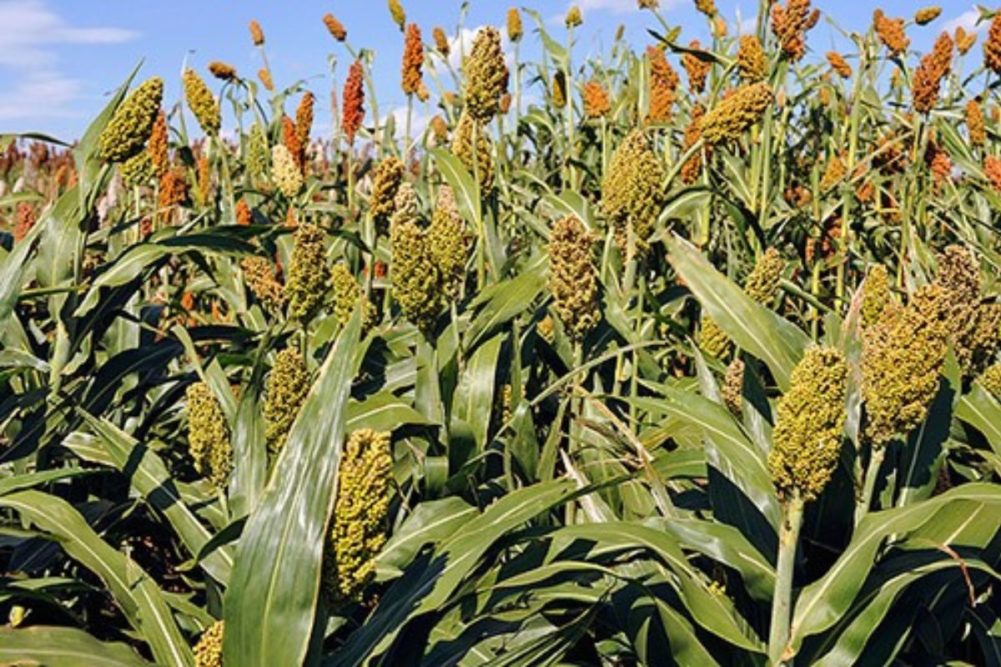HOUSTON, TEXAS, US — Healthier varieties of sorghum that can help meet the nutritional needs of mothers and children in sub-Saharan Africa have been developed with help from scientists at the Children’s Nutrition Research Center of the US Department of Agriculture’s Agricultural Research Service (ARS).
The healthier sorghum varieties contain significant concentrations of provitamin A carotenoids while also increasing mineral absorption. The new varieties are the product of 20 years of collaborations from scientists with the USDA-ARS, Arkansas Children’s Nutrition Center, North Carolina State University’s Plants for Human Health Institute and Corteva Agriscience. The study was published in Food and Function.
Sorghum (sorghum bicolor) provides many dietary benefits, as it is high in protein, fiber, B vitamins, and some micronutrients, but like many other cereal grains, it lacks sufficient vitamin A precursors and key minerals such as iron and zinc. Unfortunately, it also contains the natural antinutrient compound phytic acid, which prevents gastrointestinal absorption of minerals like iron and zinc, which is a significant issue because these micronutrients must be obtained from the diet.
“This research has important implications for people living in sub-Saharan Africa, where sorghum is a culturally significant staple crop, and it’s often eaten as a porridge and is a primary source of dietary carbohydrates,” said Michael Dzakovich, a researcher with USDA-ARS Children’s Nutrition Research Center in Houston, Texas, US. “As a result, mothers and children in sub-Saharan Africa disproportionately suffer from chronic diseases related to insufficient vitamin A, iron, and zinc intake.”
In the study, scientists developed advanced lines of sorghum enhanced with both provitamin A and non-provitamin A carotenoids using trait stacking, a biotechnological technique commonly used in plant breeding for integrating multiple traits at once in a plant.
These varieties also contain a more efficient phytase enzyme (a protein that breaks down phytic acid). Scientists wanted to evaluate how effectively carotenoids and minerals would be absorbed from the diet with these new varieties. They tested how different porridge preparations influenced the breakdown of phytic acid and increased the availability of minerals for absorption using a laboratory digestion model that mimics the human digestive system.
“Our findings indicate that porridges made from the lines we developed are capable of delivering 32 times more provitamin A carotenoids than typical sorghum varieties while also providing minerals like zinc and iron,” Dzakovich said. “A child between the ages of 4 and 8 may easily meet their daily vitamin A requirements with just a couple servings of porridge made from these biofortified lines.”




